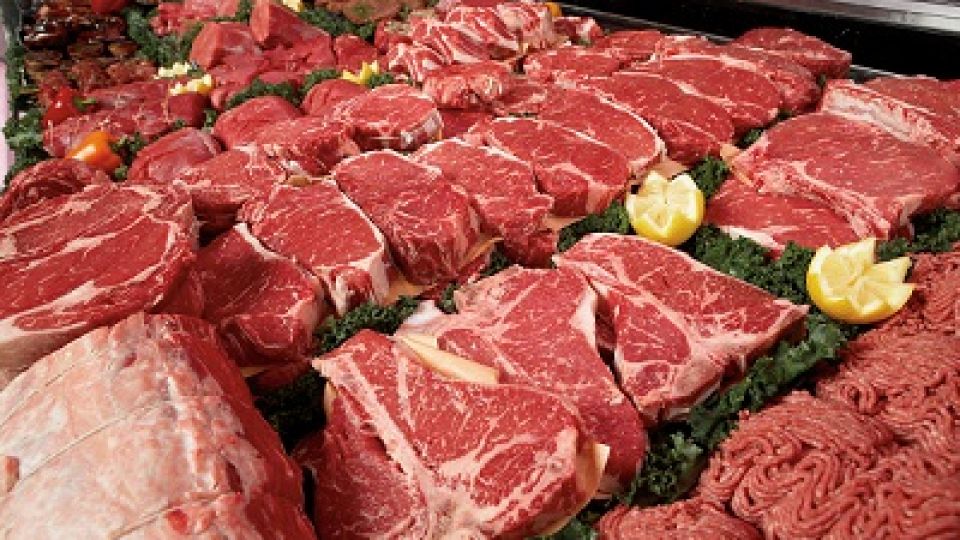by MTHULISI SIBANDA
JOHANNESBURG, (CAJ News) – THE reopening of the Chinese beef market and the establishment of beef access to Saudi Arabia is a positive development in South Africa’s agriculture.
Saudi Arabia has not featured prominently in South Africa’s beef export markets in the past, with small volumes last exported in the early 2000s.
According to Trade Map data, the Saudi beef market is sizable, at more than US$647 million. Figures are for 2021.
Wandile Sihlobo, an agro economist, believes the renewed access is critical to South Africa’s ambition to expand its beef exports.
He noted beyond beef, the overall Saudi meat market is large, with total meat imports valued at about $1,9 billion a year on average over the past five years.
“This means as South Africa increases its production in other meat value chains over time, Saudi Arabia could become a strategic country for export growth,” Sihlobo said.
The chief economist at Agricultural Business Chamber, he noted China has an established trade relationship with South Africa.
Over the past six years, China has been the leading importer of South Africa’s frozen beef cuts in value terms.
“Therefore, the easing of import restrictions put in place after an outbreak of foot-and-mouth disease is a welcome development because it is likely to lead to an increase in exports,” Sihlobo said.
The developments are a boost to the local beef industry, which has faced a challenging operational environment in recent years.
These include the rise in feed prices, especially for maize and soya beans, since 2020.
The rise coincided with rising financial strain on consumers due to the COVID-19 effects.
Demand for red meat products fell as consumers opted for relatively cheaper forms of protein.
The spread of foot-and-mouth disease to six of South Africa’s nine provinces challenged the industry since it brought about temporary bans in specific export markets, extending to auctions and livestock movement, mainly cattle, for some time in 2022.
On a positive note, feed prices have softened. Maize and soya bean prices are down 13 percent year on year on average, in response to large domestic maize and soya bean harvests and the easing of global grain prices.
“The resumption of exports to China and the opening of export opportunities to Saudi Arabia adds to this improved operational environment,” Sihlobo said.
South Africa beef exports did not collapse despite the challenges. Exports for 2022 amounted to 28 422 tonnes, down 12 percent from 2021 and below the ten-year average.
Key markets for South Africa’s beef include Canada, China, Eswatini, Jordan, Kuwait, Lesotho, Mauritius, Mozambique, Netherlands, Qatar, United Arab Emirates (UAE) and Zimbabwe.
– CAJ News

